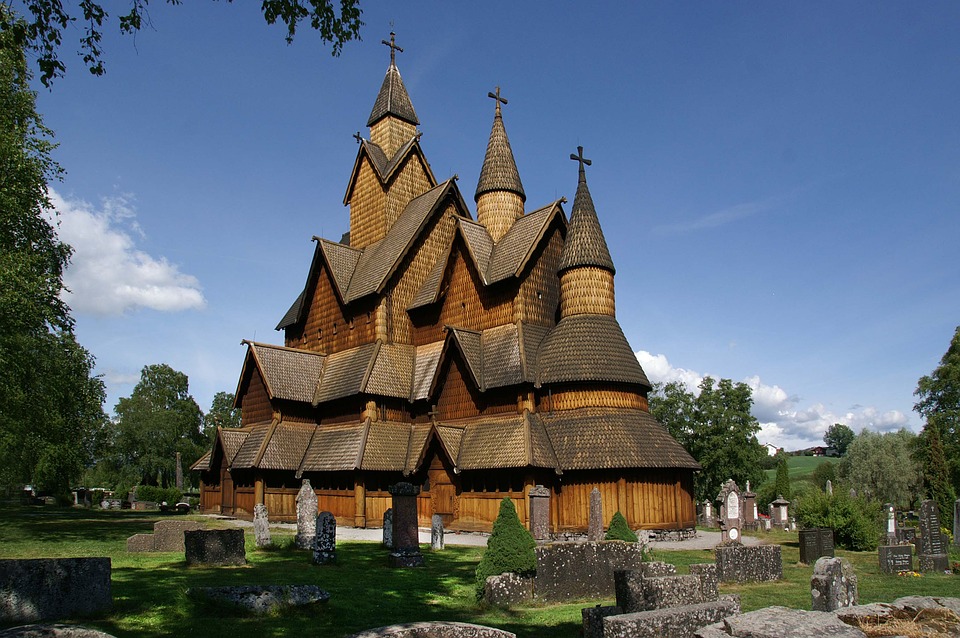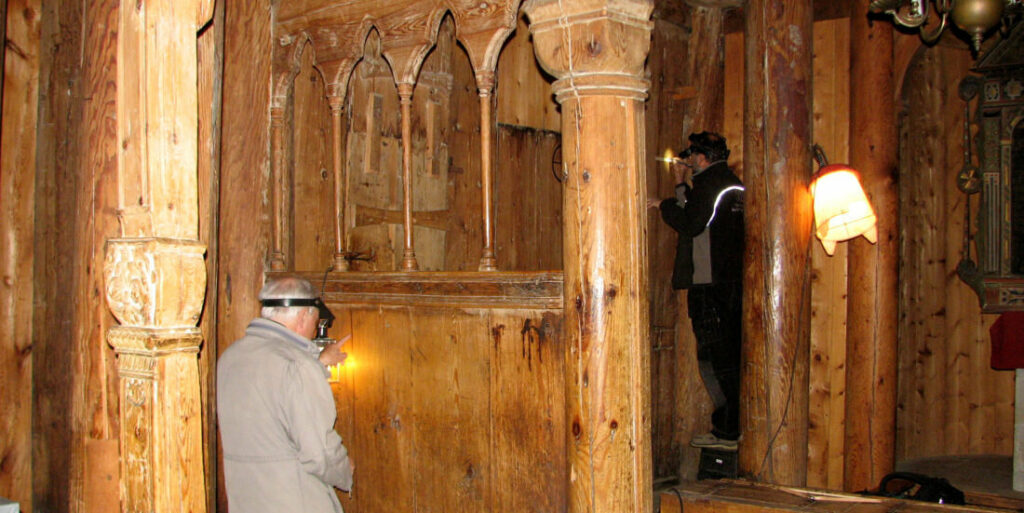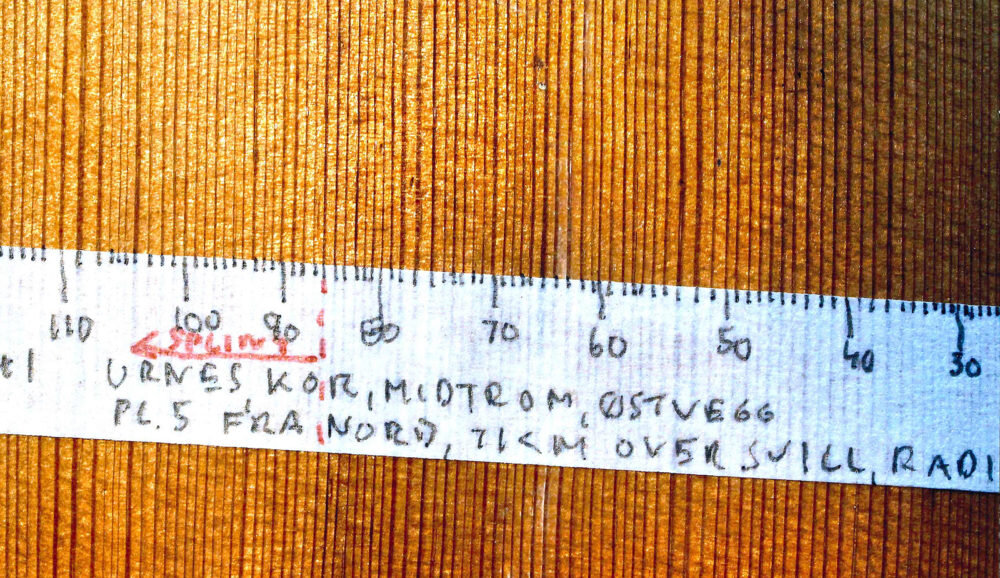Stave churches were once common throughout northern and north-western Europe. Now, with a few exceptions, these medieval wood constructions are only found in Norway.
Surviving stave churches mostly date from 1150-1350 — or so we thought. According to a new analysis, though, they may be a bit older than previously believed.

Normally, the age of wooden churches is measured from the analysis of individual logs. Cores are taken from logs and dated by tree rings, which are compared to already dated technology. This technique, which is called dendrochronology, is invasive, however, and not recommendable in some of the very old churches. It also has some limitations in terms of accuracy — which is why researchers are now trying out a new approach.
It’s called photodendrometry, and instead of taking cores from logs, involves photographing
“We now know the age of some stave churches almost to the year,” says Terje Thun. He is an associate professor at the NTNU University Museum in Trondheim and is one of the country’s foremost experts in dendrochronology, or tree ring dating.
Photodendrometry basically involves taking detailed and high-resolution photographs of the wall boards in various churches and then, in the lab, seeing if the tree rings are visible and can be identified. This greatly reduces the need for cores and, researchers say, might also provide more accurate results.
“In this way, researchers were able to examine all parts of the stave churches without any invasive techniques,” Thun said.

Thun has spent much of his career gathering wood samples from stave churches, attempting to understand when and how these structures were raised in Norway. Norway also had a comprehensive church preservation that greatly accelerated the research. Although the program ended in 2016, it helped fill many voids in our knowledge of stave churches.
The Urnes stave church, thought to be the oldest one still in existence, was estimated to have been built using timber from 1069 and 1070, with a slightly younger part dated to 1129-1130. It’s very likely that the year in which the trees were cut down is also the year in which construction began.
This is significantly older than reserchers were expecting, Thun says.
“Research has been done on the stave churches in the past, too, but not as systematically as under the stave church program. Over the years, dating estimates were based on construction technique and style and spanned almost a hundred years.”
“Now we’re sure of the age, and several of our stave churches are older than first thought,” Thun says.

But it’s not just the year in which the churches was constructed — this approach can also reveal much about the climate at the time when the church was built. The reason why researchers are able to correlate tree rings and tie them to a specific year is because different environmental conditions (such as precipitations) affect the width of the tree ring. Essentially, every year in an area has a unique ‘signature’ in tree rings.
Thun’s colleague, researcher Helene Løvstrand Svarva, is looking at what can be inferred about the local weather and climate at the time when the churches were built.
“Dendroclimatology is a major field of study, and here in Northern Europe we can use the trees’ response to summer temperatures to find out more about climate variations over time,” she says.
For instance, she says, many stave churches were built during a period called the Medieval Climate Anomaly, when temperatures were higher than the periods before and after it.
“Long chronologies allow us to see variations over time that can give us a picture of how temperatures have changed. It’s especially interesting to find out how today’s climate can be seen in light of the climate almost a thousand years ago,” she says.
The researchers also found a strong need for reconditioning programs, as many of the studied stave churches appeared to have structura and construction issues.


